
How to Optimize Your Smart Greenhouse for Maximum Yield
In recent years, the rise of Smart Greenhouses has revolutionized agricultural practices by harnessing advanced technologies to optimize growing conditions for maximum yield. According to a 2022 report by MarketsandMarkets, the global smart greenhouse market is expected to reach $2.1 billion by 2027, growing at a CAGR of 20.3%. This significant growth reflects the increasing demand for sustainable farming solutions and the integration of IoT, automation, and AI technologies. Smart Greenhouses utilize sensors and data analytics to monitor environmental conditions, enabling farmers to make data-driven decisions that enhance crop productivity and quality. By implementing precision agriculture techniques in these controlled environments, growers can effectively manage resources, reduce waste, and achieve a more substantial output. As the industry continues to evolve, understanding how to optimize your Smart Greenhouse will become essential for maximizing yield and sustainability in modern agriculture.
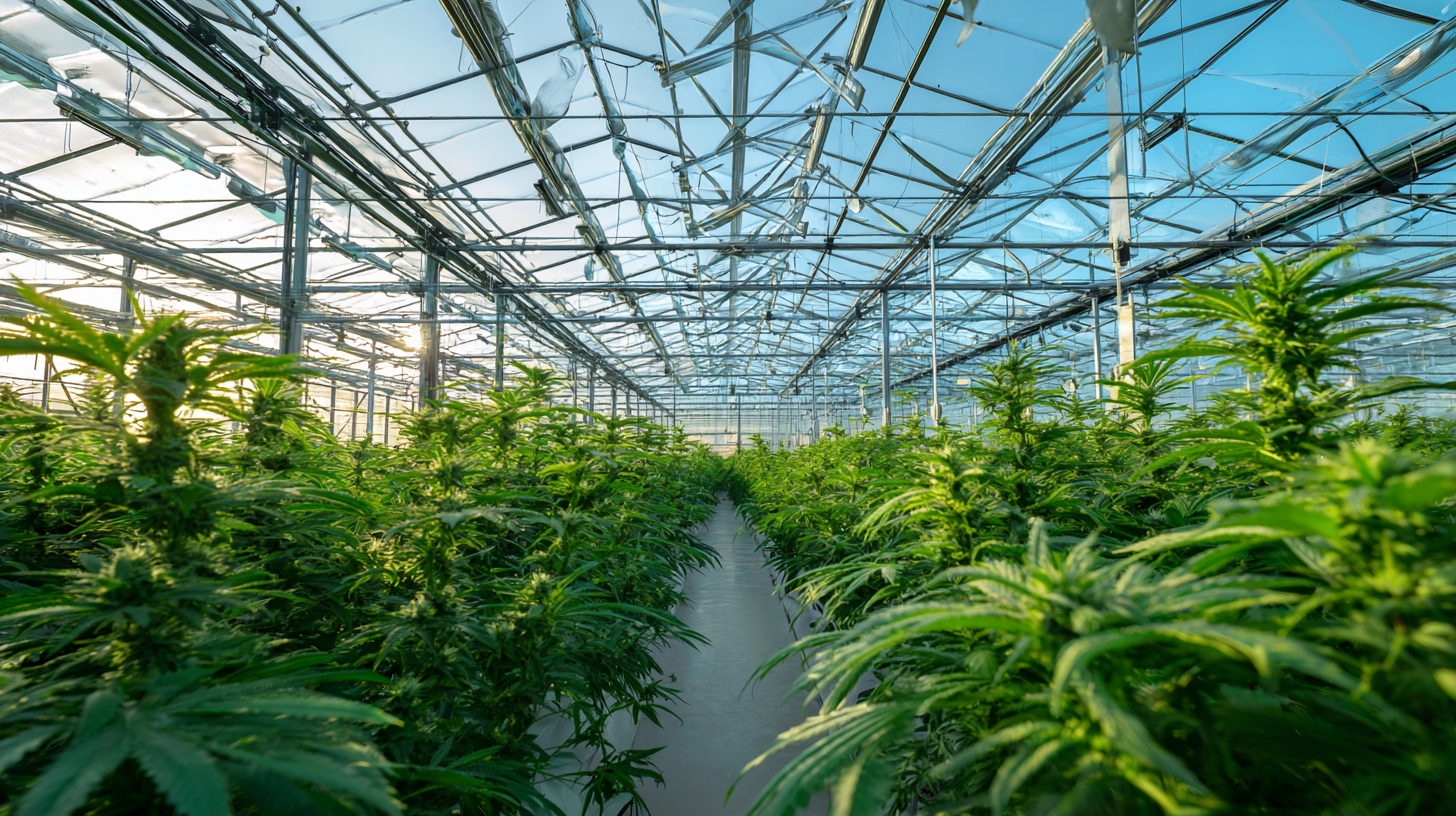
Choosing the Right Smart Technology for Your Greenhouse
When choosing the right smart technology for optimizing your greenhouse, it’s essential to consider the Internet of Things (IoT) and smart sensors that can significantly enhance crop growth. IoT-enabled smart sensors monitor critical environmental factors such as temperature, humidity, and light, providing real-time data that helps growers make informed decisions. These technologies not only help in tracking the growth conditions but also integrate pest detection systems, which utilize cameras and automated sensors to identify potential threats proactively. This integration ultimately contributes to healthier plants and increased yields.
Selecting the appropriate substrate and nutrient mix is equally vital for optimizing greenhouse performance. The right combination can improve water reuse efficiency, ensuring that resources are not wasted. Moreover, implementing advanced climate control systems can create an ideal growth environment, further boosting productivity. By aligning these technologies effectively, greenhouse operators can maximize their yield while also ensuring sustainable practices that contribute to environmental health and reduced food scarcity globally.
Designing an Efficient Climate Control System
Designing an efficient climate control system is vital for optimizing smart greenhouses to achieve maximum yield. A well-implemented climate control system maintains the ideal temperature, humidity, and ventilation levels, which significantly impact plant growth and productivity. Integrating advanced technology, such as automated sensors and real-time monitoring systems, can provide precise control over these environmental factors, ensuring optimal conditions throughout different growth stages.
Moreover, energy efficiency should be a core consideration in the design of climate control systems. Utilizing renewable energy sources, like solar panels, in combination with energy-efficient heating and cooling solutions can reduce operational costs and minimize environmental impact. Additionally, incorporating smart features, such as predictive algorithms that adjust conditions based on weather forecasts, can further enhance the control system's effectiveness. Ultimately, the goal is to create a sustainable and productive greenhouse environment that maximizes yield while conserving resources.
| Aspect | Optimal Value | Impact on Yield (%) | Beneficial Practices |
|---|---|---|---|
| Temperature Control | 22-25°C | 15% | Use thermostats and shading |
| Humidity Level | 60-70% | 10% | Implement misting systems |
| Light Intensity | 300-500 μmol/m²/s | 20% | Utilize grow lights |
| CO2 Levels | 800-1200 ppm | 25% | CO2 injection |
| Watering Schedule | Daily | 5% | Automate using sensors |
Maximizing Space Utilization for Crop Growth
To maximize space utilization in a smart greenhouse, effective planning and layout design are crucial. Utilizing vertical gardening techniques, such as stacking planting systems and trellises, can significantly increase the amount of crop produced in a limited area. By incorporating shelves or vertical racks, growers can take advantage of unused vertical space, allowing for more plants without expanding the greenhouse footprint. Furthermore, hydroponic or aquaponic systems can optimize space as they eliminate the need for traditional soil-based growing methods, enabling crops to flourish in a fraction of the space.
Another effective strategy is to implement companion planting, where compatible plants are grown together to enhance growth and yield. This method not only maximizes space but also encourages biodiversity, reducing pests and diseases naturally. Additionally, employing technology such as automated climate control and smart irrigation systems ensures that plants receive the optimal conditions for growth, regardless of the available space. By carefully planning crop placement and combining innovative growing techniques, greenhouse operators can achieve maximum yield while utilizing every inch of their growing area efficiently.
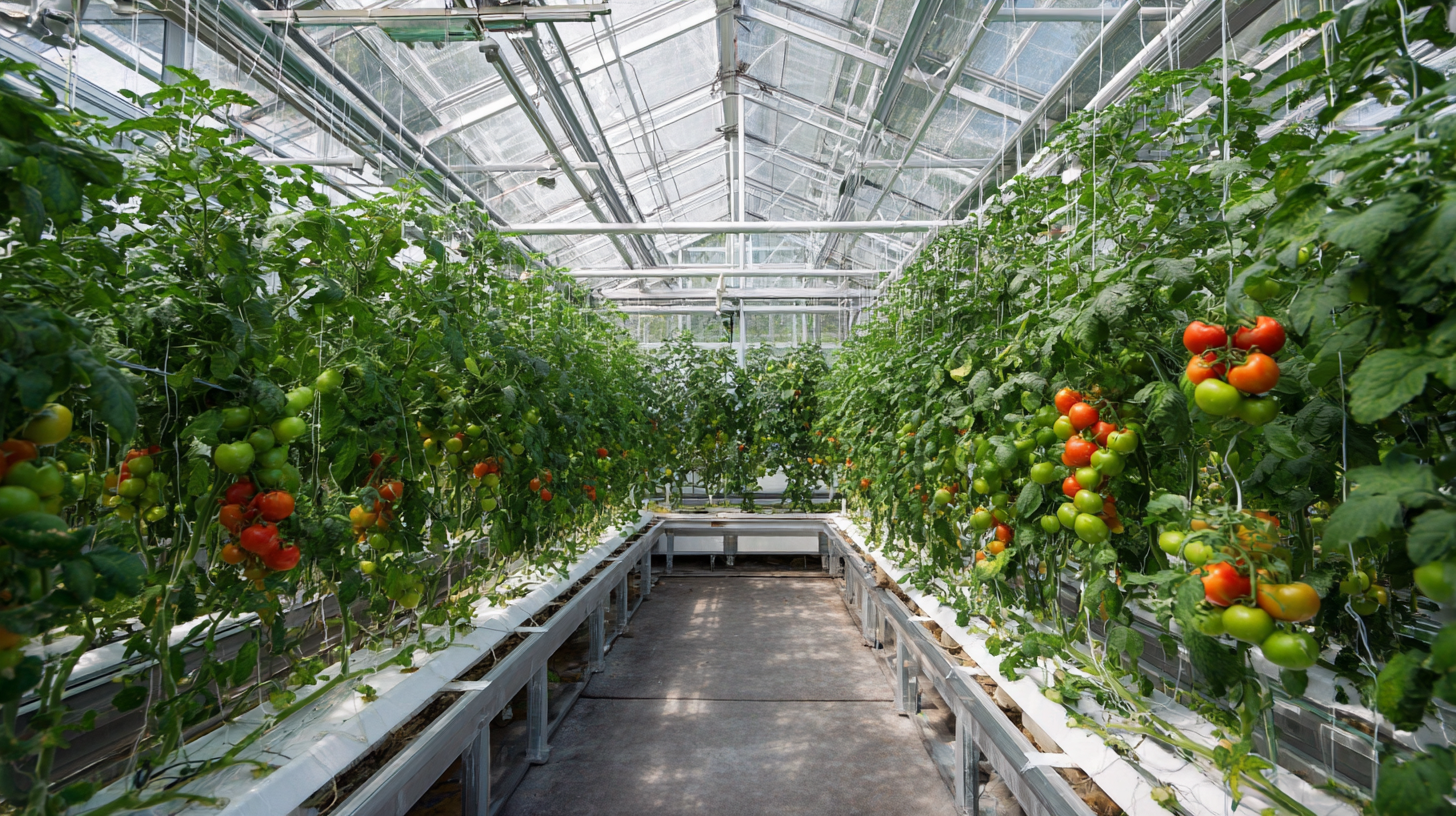
Implementing Smart Irrigation Techniques
Implementing smart irrigation techniques in your greenhouse can significantly enhance plant health and crop yield. According to a report by the International Society for Horticultural Science, optimizing irrigation systems can increase yields by up to 30% while conserving up to 50% of water compared to traditional irrigation methods. Smart irrigation technologies, such as drip irrigation and automated moisture sensors, ensure that plants receive the right amount of water at the right time, thus preventing overwatering or underwatering, which are common pitfalls in greenhouse management.
Furthermore, a recent study published in the journal "Agricultural Water Management" highlighted the economic benefits of smart irrigation systems. With the integration of real-time data analytics and weather forecasting, growers can adjust their irrigation schedules to match the specific needs of their crops and environmental conditions. This proactive approach not only boosts productivity but can also lead to a reduction in operational costs by up to 25%. Investing in these advanced irrigation solutions is crucial for any greenhouse operation aiming to maximize yield while promoting sustainable practices in agriculture.
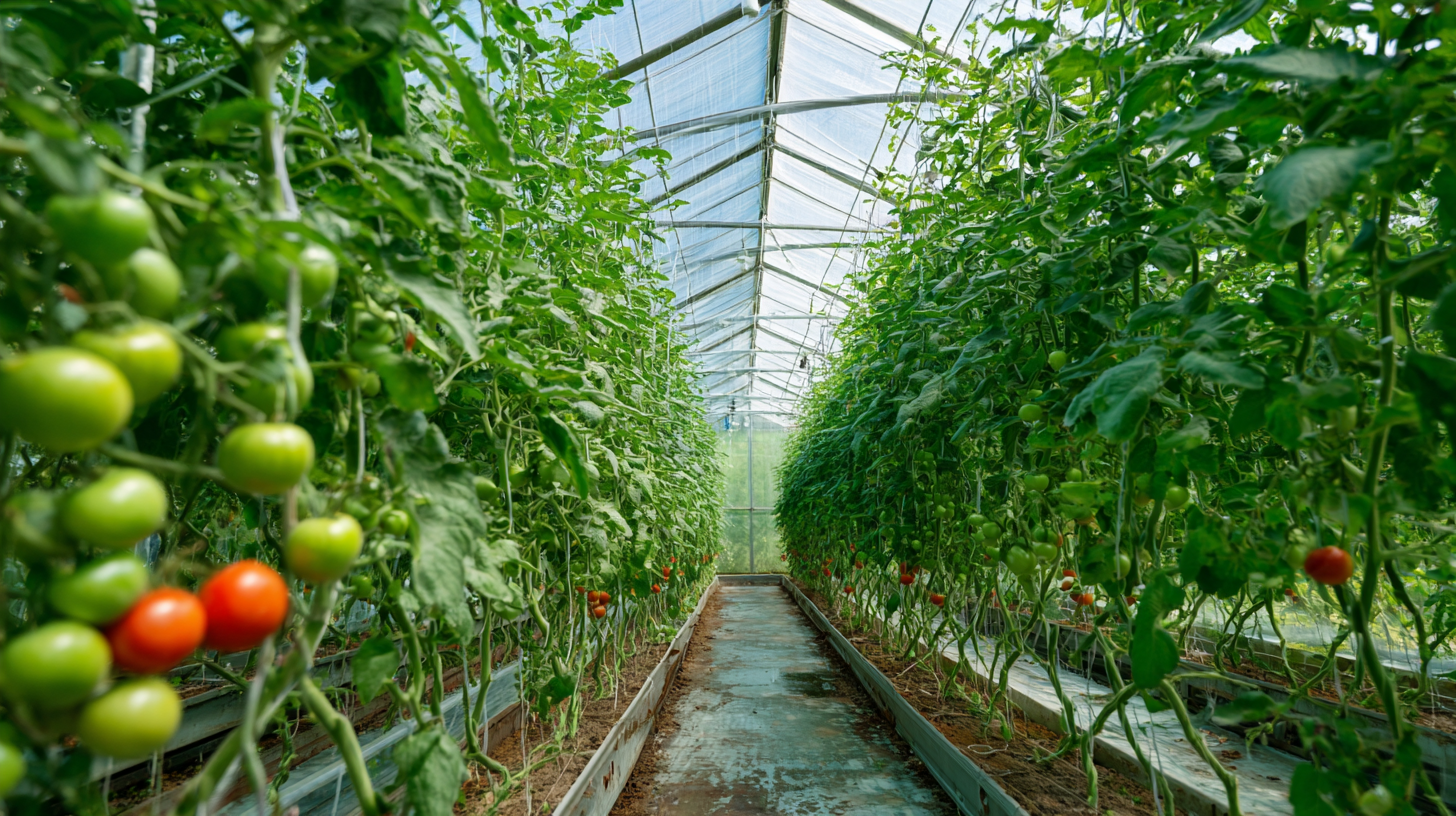
Monitoring and Analyzing Data for Optimal Performance
To achieve optimal performance in a smart greenhouse, monitoring and analyzing data is essential. By employing advanced sensors and IoT technology, growers can continuously track key environmental factors such as temperature, humidity, soil moisture, and light intensity. This real-time data collection allows for timely adjustments to ensure that the growing conditions remain ideal for the plants. For instance, if the temperature exceeds a certain threshold, automated ventilation systems can be activated to cool down the greenhouse, preventing heat stress in plants.
Moreover, analyzing this data effectively enables growers to identify patterns and trends over time. Utilizing analytics software can provide insights into how specific crops respond to varying conditions, which can inform future growing strategies. By comparing data sets, growers can determine the optimal conditions for specific plant species, leading to improved yields. Additionally, predictive analytics can forecast potential issues, such as disease outbreaks or nutrient deficiencies, allowing proactive measures to be implemented. Through rigorous monitoring and data analysis, a smart greenhouse can be finely tuned to deliver maximum yield and health for its crops.
Smart Greenhouse Yield Optimization
This chart displays the optimal conditions for maximizing crop yield in a smart greenhouse environment. Monitoring these parameters regularly can help in achieving the best possible outcomes.
Related Posts
-

Explore the Future of Hydroponic Greenhouses at the Upcoming Canton Fair 2025
-
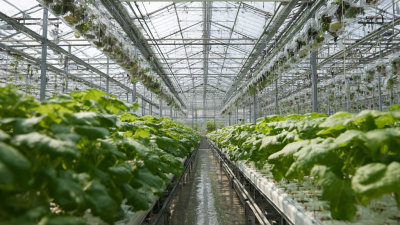
China Leads the Way in Hydroponics Greenhouse Innovation for Global Quality Standards
-

7 Unique Benefits of Using Aquaponics System for Sustainable Farming
-
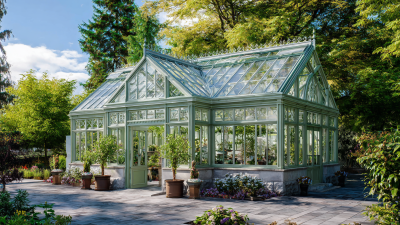
Unveiling the Advantages of the Best Gothic Greenhouse for Your Gardening Journey
-
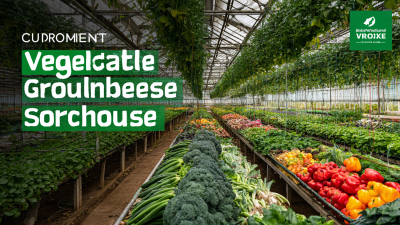
Ultimate Checklist for Sourcing the Best Vegetable Greenhouses: Key Specifications and Market Insights
-
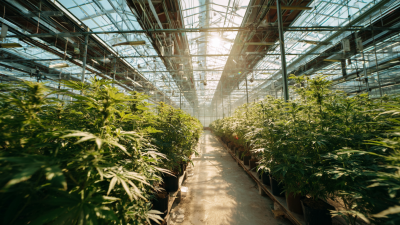
How to Maximize Yield in Light Deprivation Greenhouses for Optimal Growth
